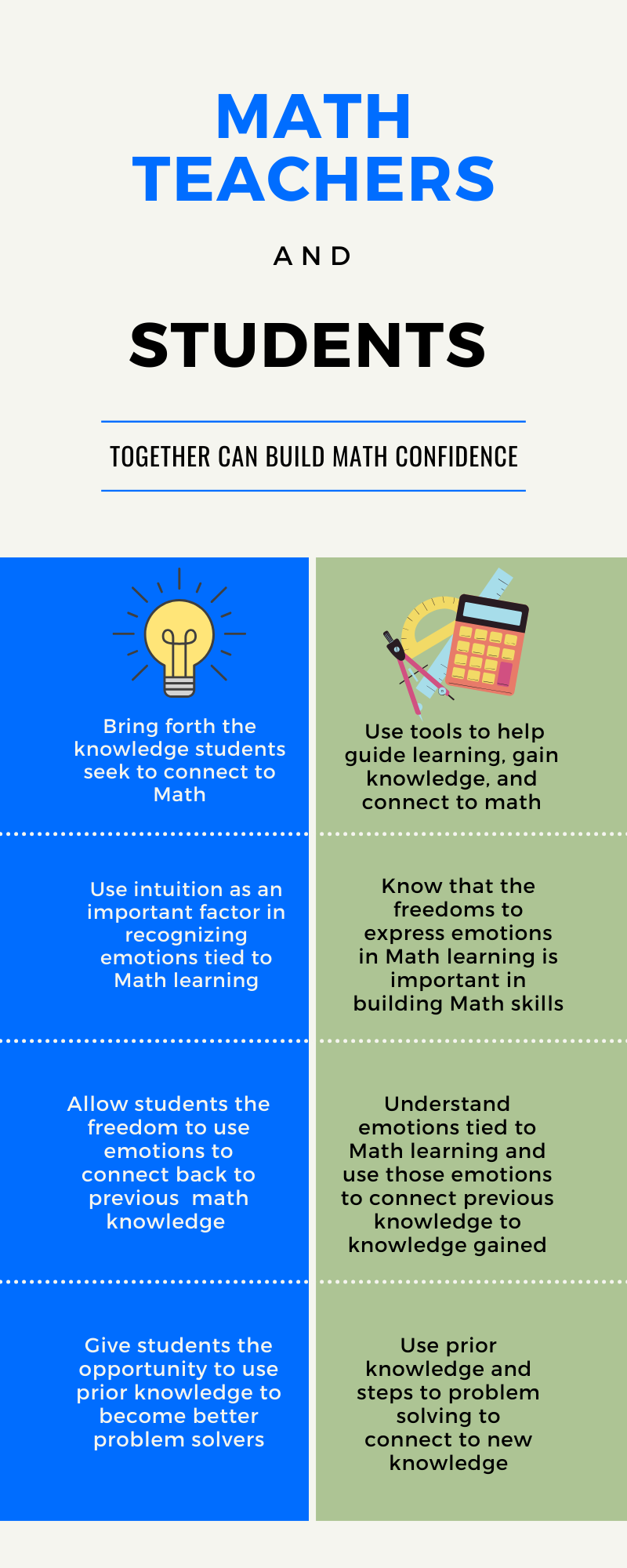Simple Math Oral Presentation Rubrics for Teachers
Math oral presentation rubrics for teachers provide a structured and effective way to assess students’ presentations while offering valuable feedback. Assessing math oral presentations can be challenging without clear guidelines to evaluate students’ understanding, communication, and problem-solving skills.

These rubrics help ensure consistency, focus on key criteria like clarity, accuracy, and critical thinking, and make the grading process more transparent for both teachers and students. Whether you’re evaluating individual or group presentations, these rubrics are an essential tool to enhance learning and build students’ confidence in presenting mathematical concepts.
In the world of math education, oral presentations may not immediately come to mind, but they play an essential role in helping students articulate and communicate complex ideas. At ETI Academy, we believe in a holistic approach to learning, which includes incorporating skills like clear communication and confidence-building into every subject—including math.
Enhancing Math Communication: The Benefits of Using Math Oral Presentation Rubrics for Teachers
We have designed a set of standards for our math oral presentation rubrics for teachers in (pdf format). For the the math classroom, we think teachers will find it easy to implement this rubric in any level classroom. Click here or on the image link to access our math oral presentation rubric.
If you are a Canva teacher, we have a colorful version of our presentation rubric available on our profile: The ETI Academy for Teaching and Learning. You can check out our rubric here.
Using an oral presentation rubric in the math classroom isn’t just about grading; it’s about guiding students to express their understanding of mathematical concepts, build communication skills, and gain confidence. Here’s why incorporating presentation rubrics into math education is a game-changer for students and teachers alike.
1. Encourages Deeper Understanding of Math Concepts
Math oral presentation rubrics help students explain their problem-solving processes step-by-step, pushing them to deepen their understanding of the material. When students know they’ll be presenting, they’re encouraged to organize their thoughts, explain calculations, and make sense of the mathematical concepts they’re working with. Rubrics provide a framework for what to include, helping them structure their presentations clearly and thoughtfully.

2. Builds Critical Communication Skills
Math isn’t just about numbers; it’s about ideas and how those ideas can solve real-world problems. When students present mathematical solutions, they develop critical communication skills that are essential in almost every career path.

The rubric guides them to speak clearly, use mathematical vocabulary accurately, and articulate their ideas with clarity. Over time, students grow more comfortable expressing themselves, and those skills will serve them well beyond the classroom.
3. Promotes Logical and Sequential Thinking
Math presentations require logical sequencing. Students must introduce the problem, present their calculations, and conclude with their solution. A rubric provides a guide for presenting these steps coherently and logically, helping students develop a structured approach to problem-solving.

This orderly thinking becomes a useful habit, allowing students to tackle problems systematically in both math and other subjects.
4. Reduces Subjectivity in Assessment
With an oral presentation rubric, teachers can evaluate student presentations based on set criteria, making grading more transparent and objective. Students also benefit from knowing exactly what’s expected of them, allowing them to prepare with confidence.

A well-structured rubric might include criteria such as clarity of explanation, accuracy of mathematical reasoning, use of vocabulary, and overall organization. This approach removes ambiguity from assessments and helps students improve specific aspects of their presentations.
5. Boosts Confidence and Reduces Presentation Anxiety
Public speaking can be nerve-wracking, especially when discussing math concepts. Rubrics offer a reassuring framework, giving students the guidance they need to prepare confidently.

Knowing what will be evaluated helps reduce anxiety, making presentations less daunting and more focused on sharing knowledge. Over time, students gain confidence in their abilities to communicate their ideas, boosting their self-assurance not just in math, but in any presentation situation.
6. Helps Identify Areas for Improvement
When teachers provide feedback based on the rubric, students can easily identify areas to focus on for future improvement. For example, if a student’s score on “clarity of explanation” is lower, they know to focus on making their explanations more understandable.

This targeted feedback allows students to work on specific skills and track their progress, leading to a more personalized learning experience.
7. Prepares Students for Real-World Applications
In today’s world, math skills often go hand-in-hand with communication abilities. Whether they’re explaining data in a business meeting, teaching a concept in a workshop, or presenting a project to a team, students will need to express mathematical ideas clearly.

An oral presentation rubric gives them early practice in this valuable skill, preparing them for situations where math communication is essential.
Incorporating Our Math Oral Rubrics for Teachers into Your Math Classroom
Implementing an oral presentation rubric in math doesn’t have to be complicated. Here’s a quick example of categories that can make up an effective rubric:
- Clarity of Explanation: How clearly does the student explain their solution?
- Accuracy of Math Vocabulary: Are mathematical terms used correctly?
- Organization of Content: Is the presentation logically sequenced?
- Confidence and Delivery: Does the student speak confidently and at an appropriate pace?
- Engagement with Audience: Does the student make eye contact or respond to questions?
By tailoring your rubric to fit your specific classroom goals, you’ll find that students can engage with math in a more dynamic way.
Conclusion: Why My ETI Academy Recommends Math Oral Presentation Rubrics for Teachers
At my ETI Academy, our mission is to support educators with tools that elevate learning across all subjects. Oral presentation rubrics in math classrooms open doors for students to articulate, analyze, and confidently share their understanding of math.
Not only do these rubrics build communication and critical thinking skills, but they also foster a supportive, structured environment where students can thrive whether it be in the traditional or online classroom.

If you’re ready to see the benefits firsthand, try introducing an oral presentation rubric to your next math lesson. Your students will gain more than just math knowledge—they’ll develop the confidence and clarity that will help them succeed far beyond the classroom.
Five Tools to Help Students With Oral Presentations in the Classroom
This blog contains Amazon affiliate links to highlighted websites and/or resources. By clicking on the link and making a purchase we may earn a small commission at no extra cost to you. Click here for full disclosure.
Here are five Amazon tools that can support teachers in helping students prepare for and deliver engaging oral presentations:
- Voice Amplifier – A lightweight, wearable voice amplifier can help students project their voice confidently in larger rooms. It’s especially helpful for students who may be shy or soft-spoken.
- Flashcards with Key Points Prompter – Blank or topic-specific flashcards allow students to jot down key points, keeping them focused during presentations without reading directly from a script.
- Time Timer Visual Timer – This visual timer helps students manage their time effectively, allowing them to practice pacing and timing for different sections of their presentations.
- Portable Wireless Presenter with Clicker – A handheld wireless presenter clicker allows students to seamlessly move through their slides, helping them look more professional and stay engaged with their audience.
- Adjustable Desktop Microphone – A USB microphone can improve audio clarity for recorded presentations, especially helpful for virtual or hybrid classroom settings.
These tools can enhance student confidence, improve clarity, and allow for more polished, engaging presentations in any classroom setting.
Join Our Community of Teachers
Sign up to receive monthly access to the latest resources that help support teachers in the maths classroom.
Related Topics
- Ice Breakers for the Classroom
- How Constructive Feedback Improves Student Learning
- Try Our International Pi Day Poster Activity Students Will Love!
- Math Teaching Guides for the Classroom
- Math Worksheets for the Classroom
- Blogs that Help With Teaching Math to Students
- Blogs that Help With Building Math Skills in Students
- How to Teach Math as a Language
- 5 Teaching Strategies to Reduce Math Anxiety in Students
- Is Math Really That Hard? A Deep Dive
- Oral Presentation Rubrics for the Science Classroom
- Oral Presentations for the English Language Arts Classroom
- 6 Amazing Science Resources for Teachers
Share Your Thoughts!
Math oral presentation rubrics for teachers not only make presentation easier for students they also make the learning process more accessible and enjoyable for students, setting them up for success as mathematicians. How do you plan to use these rubric resources in your classroom? Share your ideas and experiences in the comments below!








